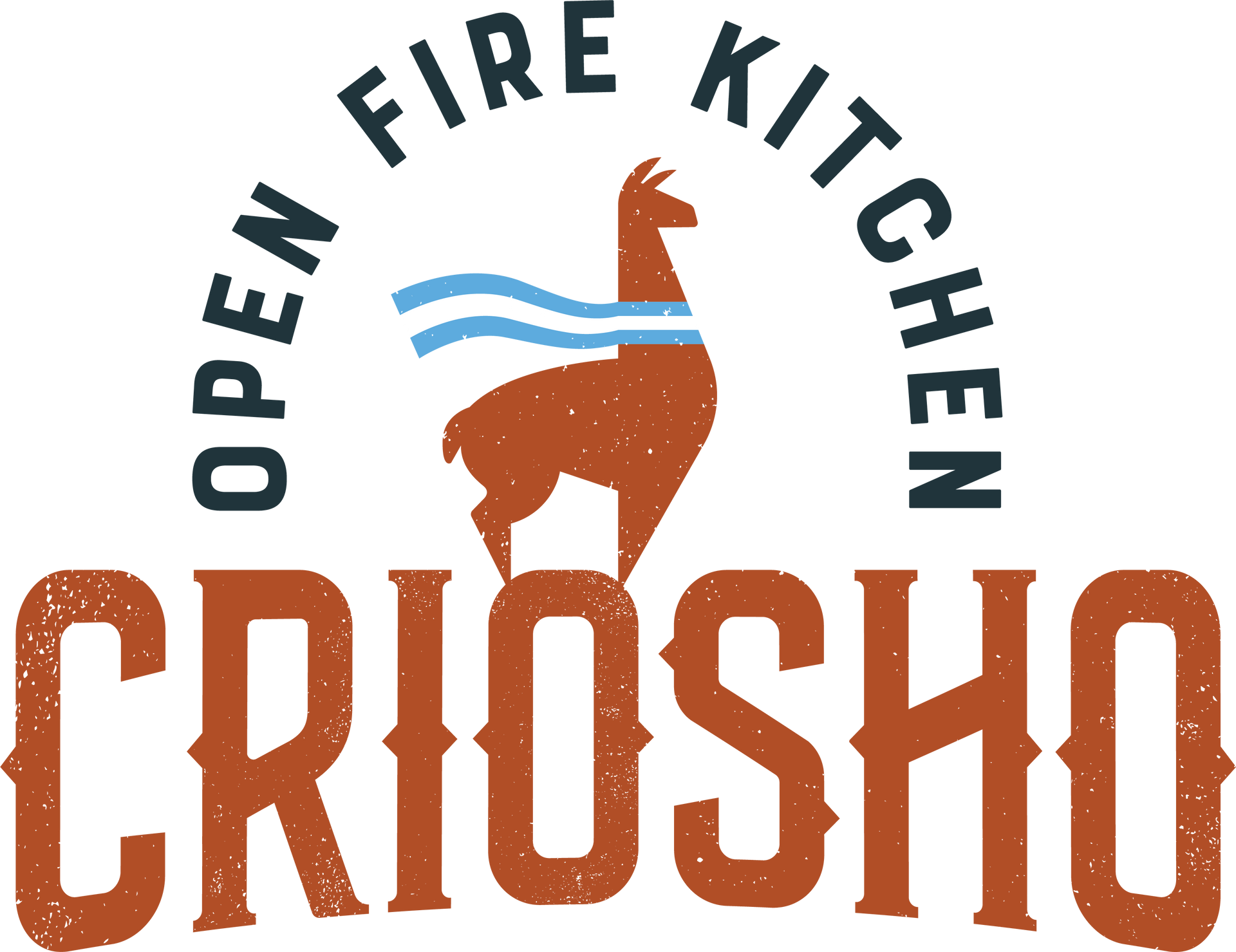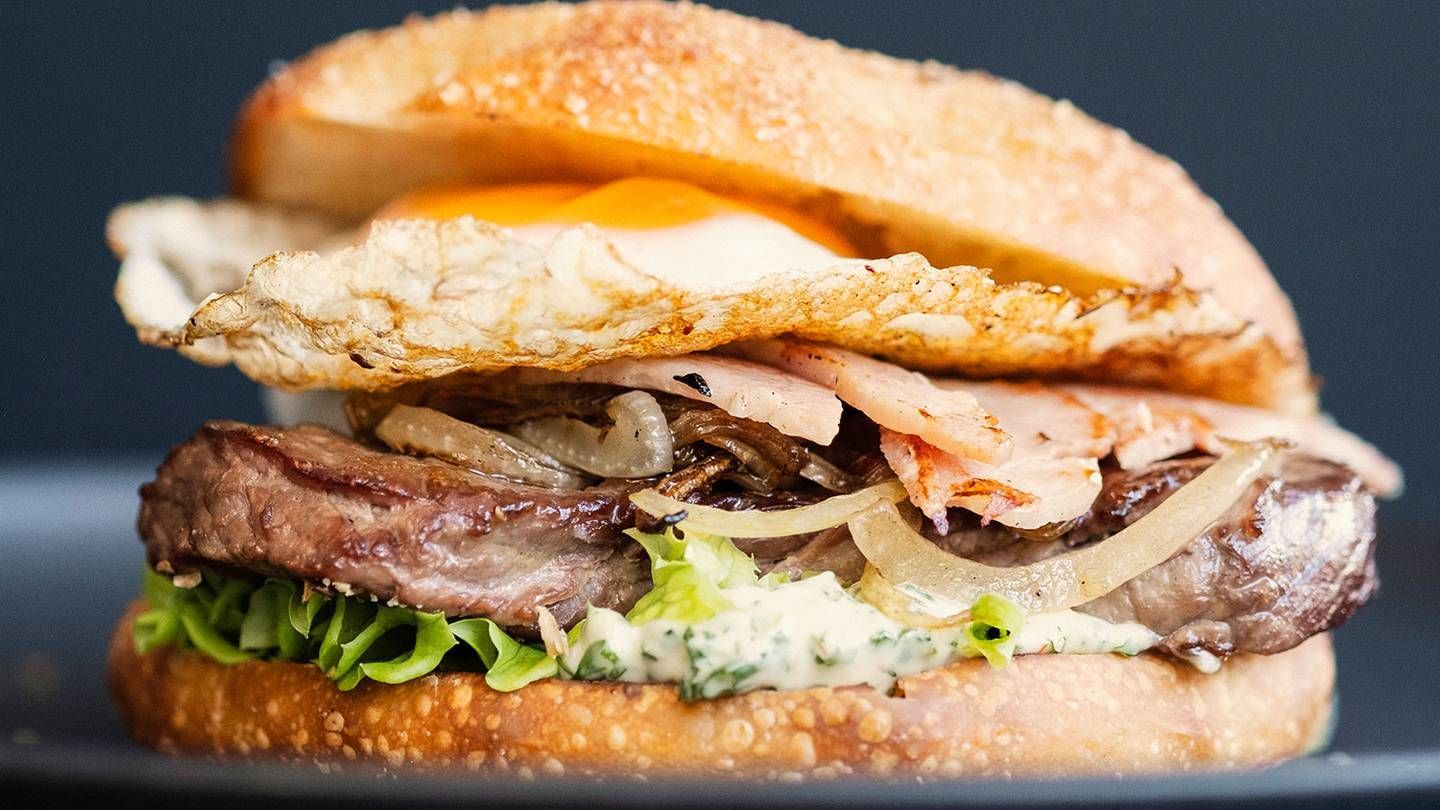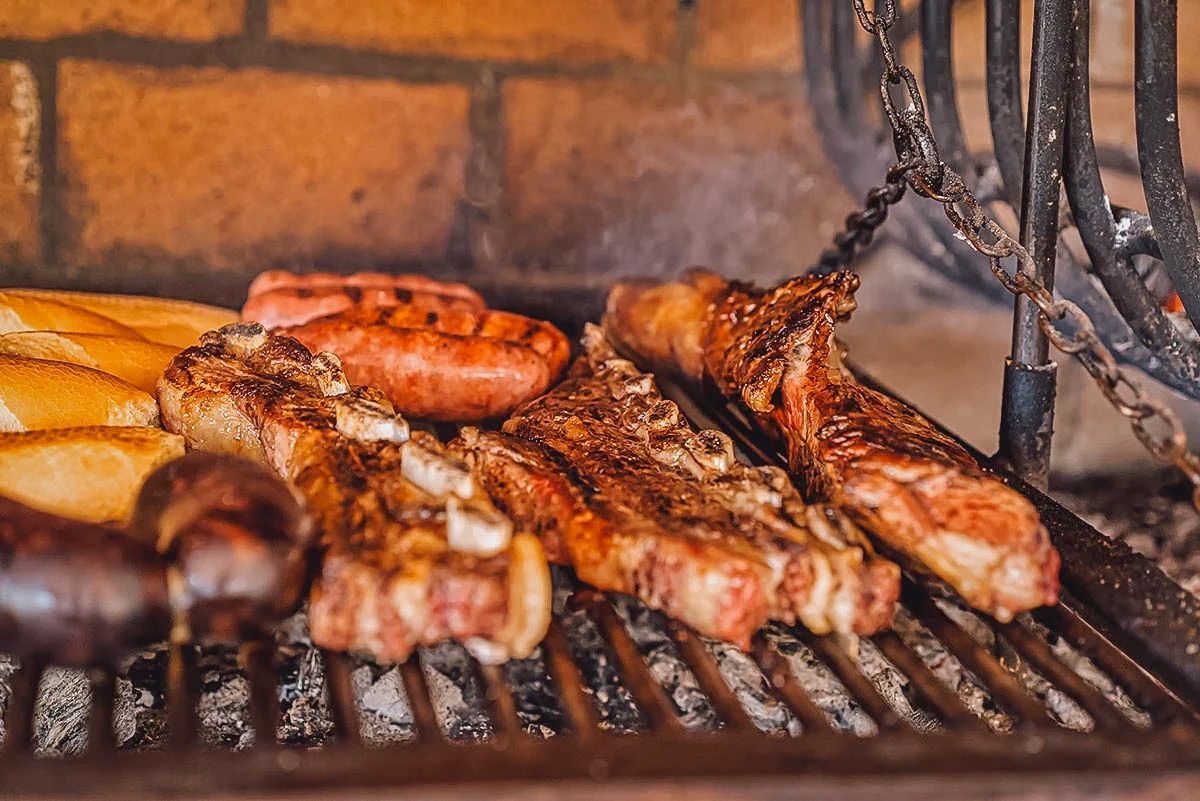The Vicuña: Nature's Gold and the Legacy of South American Textile Artisans
Criosho • October 31, 2024
"The Luxurious Journey of Vicuña Wool: From Andes to Artistry in South American Textiles"

When it comes to luxurious wool, few fibers can compete with that of the vicuña. This elegant, wild South American animal is not just a beautiful sight in the Andes; it's also a key player in the rich tapestry of textile history. Let’s embark on a journey to explore the vicuña, its connection to the guanaco and alpaca, and the fascinating role of indigenous peoples in this story. Get ready to dive into a world of luxury, heritage, and a bit of animal behavior!
Meet the Vicuña
Vicuñas are the divas of the Andes, known for their incredibly fine wool that is often called "the fiber of the gods." These slender creatures are similar to llamas and alpacas but are wild and significantly smaller. Vicuñas can only be sheared every two years, yielding just a few ounces of wool each time, making their fleece one of the most precious in the world. The fibers are not just soft; they are also incredibly warm and lightweight, perfect for those chilly Andean nights.
The Origins: A Family Affair
The story of the vicuña doesn't just end with its beauty and wool. Historically, the native peoples of South America have played a crucial role in the survival and domestication of these animals. They recognized the value of the vicuña's wool long before it became a fashion statement in high-end boutiques.
Vicuñas are closely related to the guanaco, another wild camelid. Both belong to the Camelidae family, which also includes the domesticated alpaca and llama. Here’s where it gets interesting: through selective breeding, indigenous peoples managed to create the alpaca by crossbreeding the vicuña and guanaco. The result? A domesticated animal with softer wool and a friendly disposition, perfect for companionship and farming.
Behavioral Breakdown:
Vicuña, Guanaco, and Alpaca
Now, let’s compare these three fascinating animals and their behaviors:
Vicuña: As wild creatures, vicuñas are known for their agility and grace. They roam in family groups, typically led by a dominant male. Highly social, they communicate through a series of soft vocalizations and are always on the lookout for predators, making them skittish around humans.
Guanaco: More laid-back than their vicuña cousins, guanacos are the larger wild relatives. They live in herds and are generally more tolerant of human presence, often found grazing in more accessible areas. They have a friendly disposition but can be quite protective of their territory.
Alpaca: The domesticated offspring of the vicuña and guanaco, alpacas are the sociable fluffballs of the camelid family. Unlike their wild relatives, alpacas are bred for their fiber and are typically docile and friendly. They love to be around other alpacas and enjoy the company of humans, making them great pets as well as livestock.
The Luxurious Wool:
Use and Value
When it comes to wool, each of these animals offers something unique:
Vicuña Wool: Known for its incredible softness and warmth, vicuña wool is highly prized and often used in luxury garments. Due to its scarcity, it commands a high price, often seen in high-end fashion houses.
Guanaco Wool: While not as soft as vicuña, guanaco wool is still highly valued. It is used for warmer, more rugged clothing and is appreciated for its durability.
Alpaca Wool: Alpaca wool is softer than sheep's wool and is available in a variety of natural colors. It's commonly used for sweaters, scarves, and blankets, striking a balance between luxury and affordability.
A Sustainable Legacy
The traditions surrounding the shearing and use of these fibers are steeped in sustainability. Indigenous peoples have long practiced respectful harvesting methods, ensuring the well-being of the animals and the environment. Vicuñas are typically sheared only every two years, allowing their populations to thrive in the wild.
By supporting the use of vicuña, guanaco, and alpaca wool, consumers can help sustain these traditional practices and preserve the cultural heritage of South America. It's a way to wear a piece of history while promoting ethical and sustainable fashion.
Conclusion
The vicuña, with its exquisite wool and wild spirit, is more than just a beautiful animal; it represents a rich cultural heritage and the ingenuity of indigenous peoples in South America. The journey from vicuñas and guanacos to the domesticated alpacas we know today is a testament to the deep connection between humans and nature.
So, the next time you wrap yourself in a cozy alpaca sweater or admire the elegance of vicuña wool, remember the fascinating stories behind these remarkable animals. From the rugged Andes to the runways of the world, the legacy of these textiles continues to thrive, weaving a tale of tradition, artistry, and sustainability.
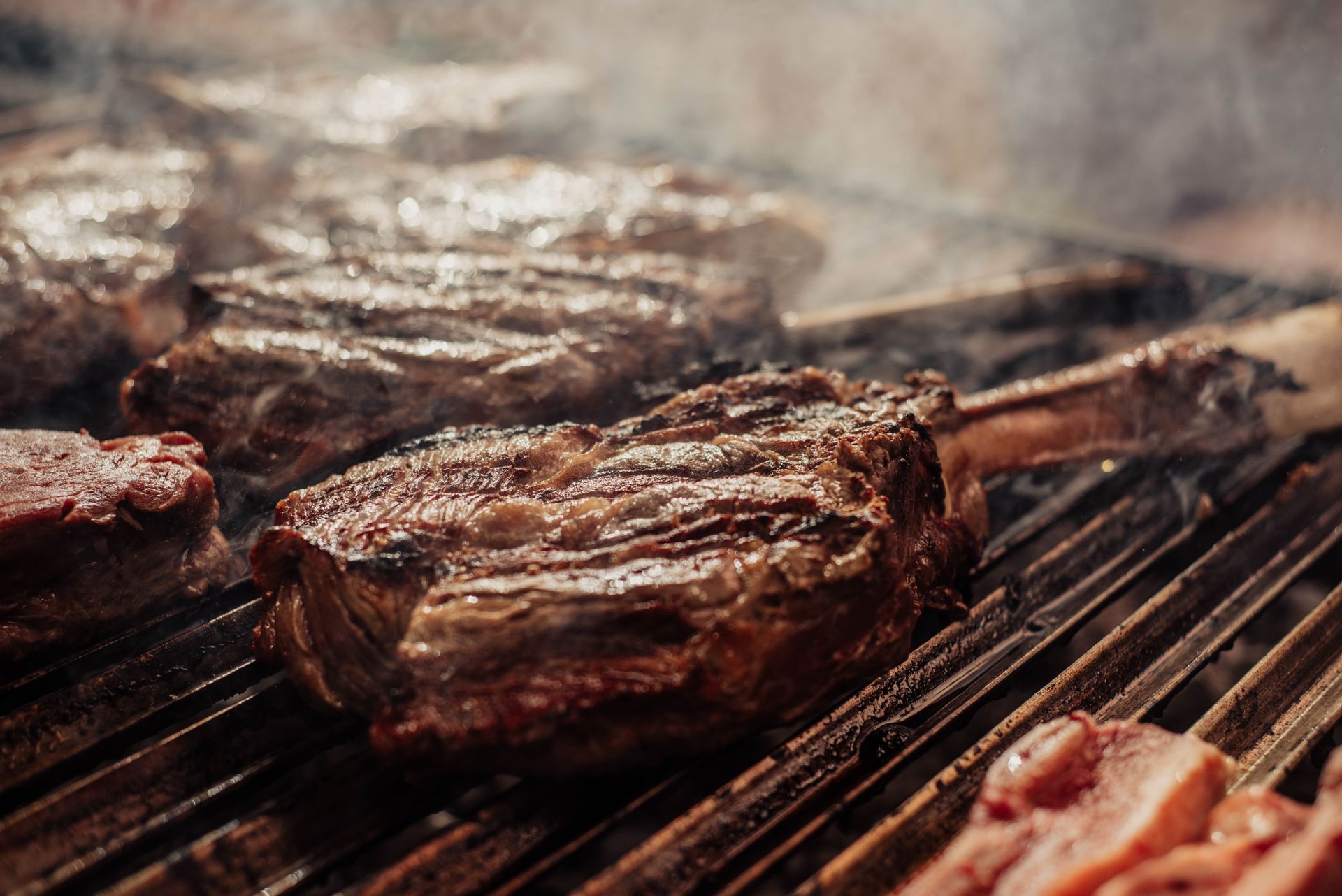
Let’s be honest : the carnivore diet sounds like something a Viking warlord might’ve invented—no veggies, no grains, just glorious meat. Ribeye for breakfast? Sure. Chicken thighs for lunch? Go for it. Bacon-wrapped liver for dinner? That’s the spirit. But beyond the hype (and the memes), some serious researchers decided to ask the question: What actually happens when people eat nothing but animal products for months or even years? Well, we now have answers—straight from 2,029 adults who’ve gone full carnivore. And the results? Let’s just say they might surprise you. Wait, What Is the Carnivore Diet Again? In case you’re new to this meat-fueled movement, here’s the gist: Allowed: Red meat, poultry, fish, eggs, animal fats, and (for some) dairy. Not Allowed : Pretty much everything else—no fruits, no veggies, no grains, no legumes, no plant oils. Yes, that means a plate of steak and eggs is both breakfast and dinner. And maybe lunch, too. The diet’s extreme simplicity (and extremity) has drawn both die-hard fans and fierce critics. But while debates rage online, this study aimed to do something more useful: listen to the people actually doing it. Who Are These Carnivores? This wasn’t some random Twitter poll. The study, published in Current Developments in Nutrition, surveyed over 2,000 adults worldwide, most of whom had been eating carnivore for at least 6 months—and many for far longer. Participants came from all walks of life, but most had something in common: they turned to the diet for health reasons. Think autoimmune issues, digestive problems, obesity, diabetes, or just plain old fatigue. And here’s the kicke r: the overwhelming majority stuck with it. Unlike most diets that fall apart after week three, carnivore dieters reported high satisfaction and consistent adherence. So… Did It Work? According to these meat lovers, yes. Here’s what they said: Weight Loss Without Trying. Most respondents reported losing weight—and not by tracking macros or hitting the treadmill. Just by cutting the carbs and sticking to steak. Energy : Up. Brain Fog: Gone. People described feeling more mentally sharp, energized, and focused. No afternoon crashes. No sugar cravings. Just a clean, steady fuel source. Chronic Conditions Improved. Now this is big: Many participants reported relief from issues like: Joint pain Digestive disorders (e.g. IBS, Crohn’s) Skin problems Anxiety and depression Blood sugar imbalances For some, the change was life-altering. One common phrase? “This is the best I’ve ever felt.” Of course, it’s important to note these are self-reported results—not blood tests in a lab. Still, the consistency of the feedback is hard to ignore. The Elephant in the Room: Nutrients & Fiber. You might be wondering, “What about vitamins? Minerals? FIBER?!” Great question. Many participants addressed this by eating nose-to-tail—that means organs like liver, heart, and kidneys (nature’s multivitamins). Some drank bone broth or used electrolytes to stay balanced. And fiber? Surprisingly, most said their digestion improved. Bloating, gas, and constipation often vanished. (Yes, really.) What About Long-Term Risks? This study wasn’t designed to measure long-term health risks like heart disease or nutrient deficiencies. That’s still unknown territory. Critics raise valid concerns about cholesterol and saturated fat, and more clinical research is needed. But here’s the reality : people are doing this. Not for a week. For years. And they’re reporting benefits they say no other diet ever gave them. What Can We Learn from This? You don’t have to toss out your salad and pledge loyalty to ribeye, but here are a few takeaways: Bio individuality matters : What works for one may not work for all—but for some, carnivore is a health game-changer. Simplicity can be powerful: No counting. No apps. Just meat. And for some people, that’s liberating. More research is needed : Especially around long-term effects, nutrient absorption, and metabolic health. The Bottom Line Love it or loathe it, the carnivore diet isn’t just an internet fad. It’s a real, growing movement with thousands of dedicated followers—and now, a sizable research-backed snapshot of how it impacts their lives. Is it for everyone? Definitely not. But if you’ve ever wondered what life is like on an all-meat diet, now you know: it’s not just about steak—it’s about feeling better… and maybe questioning everything you thought you knew about food. Curious about trying carnivore—or just fascinated by food trends? Let me know what you think in the comments. Would you ever ditch the plants for a plate of ribs?. source: https://pubmed.ncbi.nlm.nih.gov/34934897/
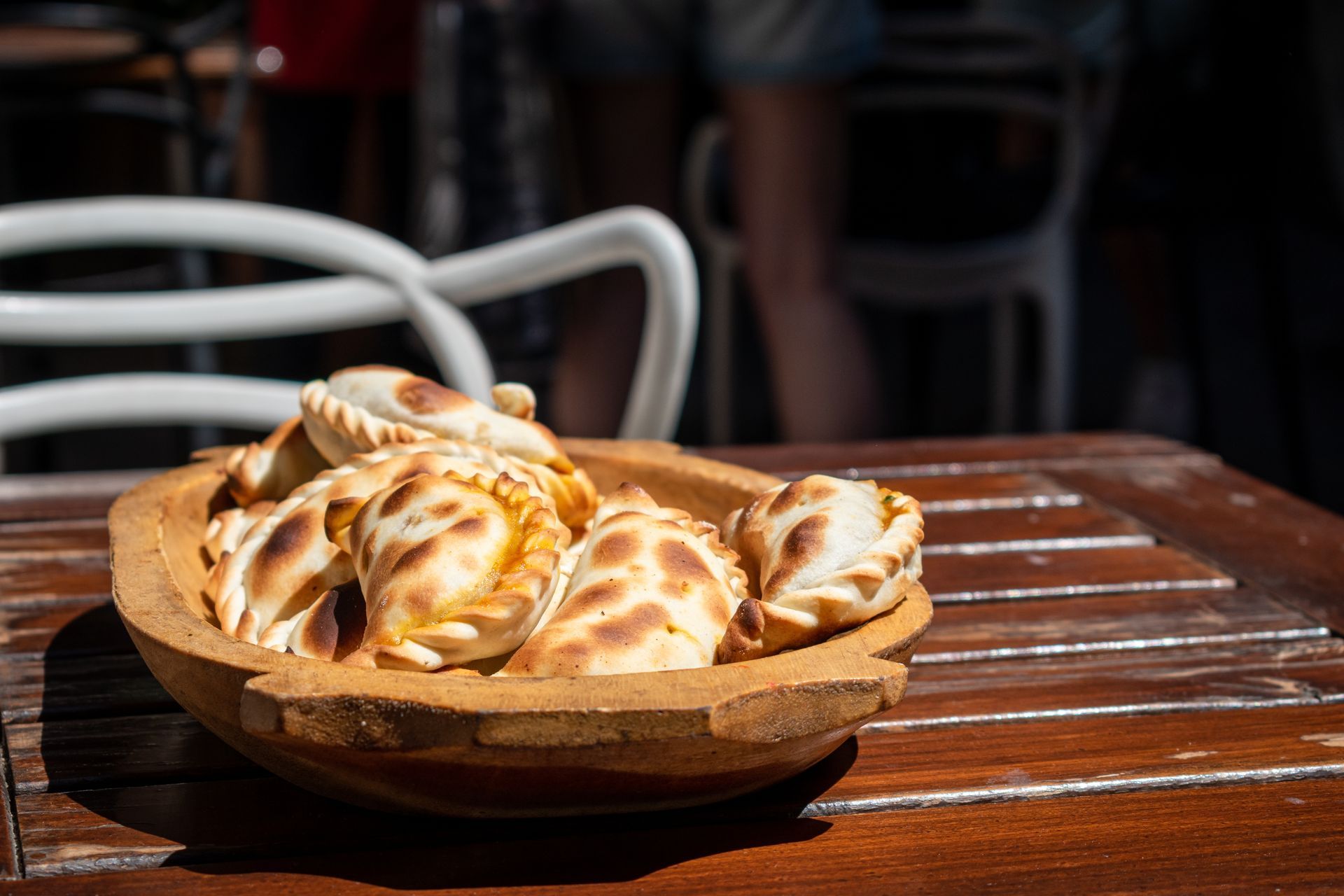
If you’ve ever been to Argentina, you’ve likely been introduced to the nation’s true culinary obsession—empanadas. These little pockets of joy, filled with everything from spicy beef to gooey cheese, are so much more than a snack; they’re a cultural institution . But among the hundreds of empanada varieties in Argentina, there is one that stands above the rest, waving its golden, crispy, hand-made flag: the Salta empanada . And let me tell you, these empanadas aren’t your average, store-bought, pre-frozen, convenience-store variety. No, no. Salta’s empanadas are a culinary masterpiece, rooted in time-honored tradition and, of course, a little bit of love. But what sets them apart? It’s all in the beef—and more specifically, in how the beef is prepared. The Hand-Cut Beef That Will Change Your Life Imagine a kitchen in the heart of Salta, where a skilled chef takes fresh beef and cuts it by hand with a sharp knife. No grinders, no machines—just pure, artisanal knife work. That’s how they make the filling for Salta’s famous empanada salteña. Why go to all this effort? Well, there’s something magical about the texture that hand-cutting achieves. Unlike ground beef, which can become a bit mushy or uniform, hand-cut beef maintains its integrity, offering a satisfying chew that lets you know you’re eating something real. The beef is combined with the rich, savory flavors of onions, boiled eggs, and sometimes olives (yes, olives—don’t knock it until you try it). But it’s not just about the ingredients; it’s about the technique. Salta’s empanadas are traditionally fried (though baked versions do exist for the purists). This means the dough is crisped to golden perfection, providing the ideal contrast to the juicy, flavorful filling inside. Trust me when I say: each bite is an experience. Charqui: The Bold and Beautiful Beef of the North Now, if you really want to understand the soul of the north, you need to know about charqui. This is no ordinary beef. Charqui is dried, salted meat, traditionally used in the northern provinces of Argentina, particularly in the rugged Andean regions. Think of it as the beef jerky of Argentina, but with a rich history that spans centuries. How Charqui is Made: The process of making charqui is an ancient preservation technique, perfected over generations. Charqui starts with lean beef, which is then salted heavily. The meat is hanged and exposed to the sunlight, (As shown in the picture above). The salt draws out the moisture from the meat, concentrating the flavors and extending its shelf life, making it perfect for long journeys or storage in times when refrigeration wasn’t an option. Once the meat has dried, it’s usually shredded or chopped into small pieces and rehydrated before being used in dishes like empanadas. When cooked, charqui adds a distinctive, smoky flavor that no fresh beef can replicate. It’s rich, bold, and deeply savory, with a chewy texture that stands out against the more tender fillings found in other empanadas. Charqui is an integral part of northern Argentine cuisine and can be found in a variety of traditional dishes beyond empanadas, such as charquicán (a type of stew) or even humita (corn-based tamales). But when it comes to empanadas, charqui is a true regional delicacy, offering a flavor profile that speaks to the rugged, mountainous landscape and the history of the area. In Salta, charqui empanadas are often served as a specialty—something a bit different from the traditional hand-cut beef version. These empanadas are flavorful and often a little more filling due to the dense, concentrated nature of the dried meat. They’re perfect for a hearty meal and showcase a side of Argentine cuisine that’s deeply tied to the country’s indigenous and colonial past. More Than Just Beef: The Fillings That Will Blow Your Mind Sure, the Salta-style empanada beef is the stuff of legends, but let’s not forget about the amazing fillings you can find in Argentina’s vast empanada repertoire. While Salta’s beef reigns supreme, it’s worth exploring the delightful variety of flavors across the country. • Pollo (Chicken): This option is light and easy, with shredded chicken, boiled eggs, and maybe a sprinkle of olives. It’s the go-to for lighter, less messy days. • Humita (Corn): A sweet-savory gem, usually found in the north of the country, stuffed with corn, cheese, and sometimes cream. It’s like a bite-sized celebration of summer. • Jamón y Queso (Ham and Cheese): The “basic” empanada, but we don’t discriminate here. Ham and cheese are a classic combo for a reason—because they’re ridiculously good together. These might even be the gateway empanada for any newbies trying to figure out why they can’t stop at just one. • Espinaca y Queso (Spinach and Cheese): For the vegetarians (and spinach lovers), this filling is a delightful combination of creamy cheese and fresh spinach, a lighter, but no less satisfying, empanada. Why the Salta Empanada is Truly the King Let’s not get it twisted—while empanadas from all corners of Argentina have their merits, the Salta empanada holds a special place in the hearts of many food lovers. It’s the beef, the technique, and the perfect balance of flavors that set these empanadas apart. Plus, they’re fried to crispy, golden perfection—a culinary move that’s hard to top. And here’s the kicker: Salta is proud of its empanadas. You won’t see Salteños walking around eating empanadas from just anywhere. They’ll take you to the local joints, where only the authentic, hand-cut beef-filled beauties are served up hot and ready. And don’t even think about ordering one with anything less than a perfectly crisp crust—Salta doesn’t mess around. Conclusion: Time to Get to Salta Look, you can argue all day about whether fried or baked empanadas reign supreme (spoiler alert: fried are the ultimate champion), but when it comes down to the best empanadas in Argentina, Salta is where the magic happens. From the hand-cut beef to the perfectly crispy dough, these empanadas will change your perception of what an empanada should be. They’re more than just food—they’re a work of art. And if you really want to take your empanada game to the next level, order a charqui empanada while you’re in the north. The smoky, intense flavor of the dried beef is a true taste of Argentine tradition, and one you’ll never forget. So do yourself a favor. Stop whatever you’re doing (unless you’re already on a plane to Salta, in which case, good on you), and start planning your empanada pilgrimage. Trust me, your taste buds will thank you. Here are our 3 top local joints for empanadas if you are visiting Salta: 1- LA CASONA DEL MOLINO - Luis Burela 1 - (The best Charqui empanadas) 2-PATIO NORTE - Mitre 1211 - (Amazing wood-oven baked empanadas) 3-LA SALTEÑERIA - Catamarca 7- (Amazing fried empanadas)
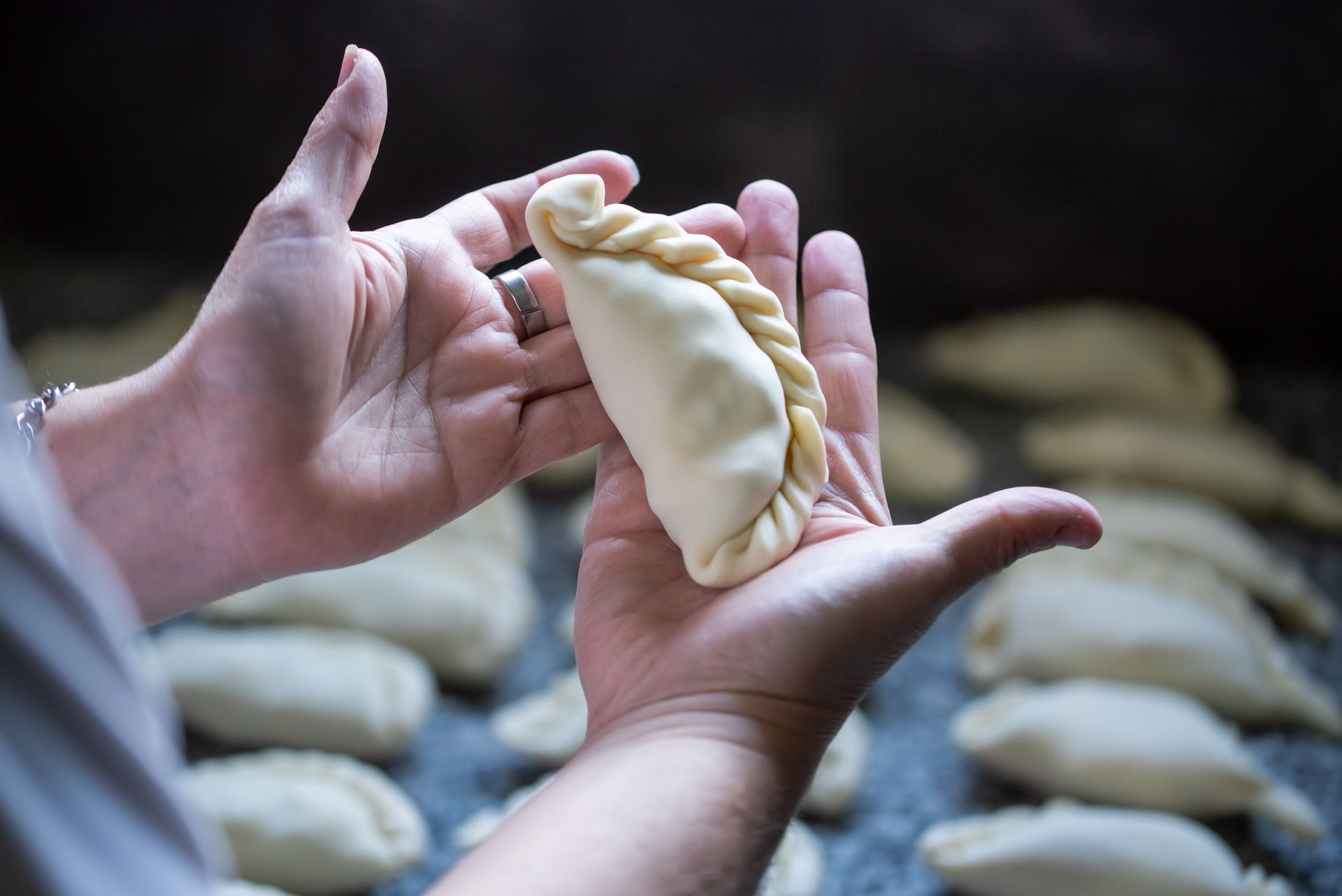
When it comes to empanadas, few variations are as revered as the salteñas from Salta, Argentina. These exquisite pastries are celebrated for their rich flavors and authentic preparation, setting them apart from the adaptations that have emerged, particularly in Bolivia. While both versions share a common heritage, they diverge significantly in taste and technique, especially when it comes to the use of gelatin in the Bolivian interpretation. The Essence of Authentic Salteñas Originating from the northwestern province of Salta, the authentic salteña is a culinary masterpiece. Filled with hand-cut beef, potatoes, eggs, onions, and a vibrant blend of local spices, these empanadas are a labor of love. The dough is crafted to achieve the perfect balance of flakiness and lightness, whether fried or baked. The hallmark of a true salteña lies in the meticulous preparation of its filling. When cooked, the natural juices from the hand-cut beef meld seamlessly with the other ingredients, creating a luscious filling that is both savory and satisfying, without the need for any additives. The Bolivian Adaptation: A Different Take In Bolivia, the salteña has evolved into a beloved variation that, while delicious in its own right, diverges from the original. Bolivian salteñas often feature a slightly sweeter dough and a filling that can include chicken or pork. However, what truly sets them apart is the addition of gelatin—a technique used to hold the juices together. This results in a filling that is noticeably thicker and more gelatinous, altering the experience of biting into a salteña. While this innovation may appeal to some, purists argue that it compromises the authenticity and integrity of the original recipe. The Flavor Showdown Authentic Salteñas: Hailing from the northwest province of Salta, these pastries are a true culinary treasure. In Salta, there’s no need for the term "salteña" to describe these empanadas; they are simply part of the local identity. Crafted with hand-cut beef, fresh potatoes, and a vibrant blend of spices, the flaky dough encases a rich, savory filling that embodies the essence of its origins. Bolivian Salteñas: While inspired by their Salteña counterparts, these variations introduce a unique twist. Often featuring a sweeter dough and a diverse range of fillings like chicken or pork, the use of gelatin creates a thicker, more cohesive texture. This innovation reflects Bolivia’s culinary creativity, offering a distinct experience that sets them apart from the original. Conclusion: A Culinary Legacy In the debate of salteñas vs. “real” salteñas, it’s clear that both versions have their merits, yet they represent two distinct culinary philosophies. The authentic salteña from Salta captures the essence of its origins, relying on the purity of its ingredients, while the Bolivian adaptation showcases a different approach, with innovations that cater to local tastes. As we savor each version, we celebrate not only the flavors but also the rich cultural exchanges that have shaped these iconic pastries. Whether you prefer the traditional salteña or its Bolivian counterpart, both embody the joy of culinary exploration and the love of good food. Salteñas from Salta For The Filling • 1 kilo of diced meat (top round or sirloin) ¼ inch • 700 g onion • 300 g red bell pepper (optional) • 250 g green onion • 400 g diced russet potatoes ¼ inch • 200 g beef tallow • 6 eggs • Salt to taste • 1 TBL of paprika • 1TBL of cumin • Directions 1. Dice the onions and peppers of the same size. 2. Cut the meat into small cubes and do the same with the potatoes, blanch for a few minutes in boiling water (they should not be cooked completely). 3. Place the fat in a pot and brown the peppers and onions until translucent. 4. Add salt, paprika and cumin. Let the spices cook for a minute and then add the meat mixing all ingredients together, cook for 10 minutes. 5. Remove from heat minutes before finishing cooking, season and let cool. 6. Add the potatoes, chopped green onion and chopped hard-boiled eggs just before assembling the empanadas. For the Dough: Ingredients yield 36 disks. 260 grams of water 1 Tablespoon of salt 80 grams of beef tallow 500 grams of all-purpose flour 1. Boil the water together with salt and beef fat. When the fat has melted, remove from the heat, transfer to a bowl and let it warm. 2. Place the flour and stir until the dough begins to form. 3. Place on the counter and knead until a homogeneous dough is formed. If necessary, add flour to achieve the desired consistency. 4. Rest for 30 minutes inside a plastic bag to prevent it from drying out. 5. To stretch by hand, make balls of 25 grams or the size of a walnut. 6. Pass the ball through flour, crush maintaining the circular shape and with a rolling pin stretch. 7. Turning and turning quarters always on the same side, in this way the circular shape is generated and maintained. If necessary, sprinkle with more flour to prevent it from sticking and losing its shape. They should be very thin, approximately 1 mm thick, between 10 and 12 cm in diameter. 8. Step 8 9. Fill, form the “repulgue” and bake or fry. Bolivian Salteñas: For The Filling • 1 (.25 ounce) package unflavored gelatin • 3 potatoes, peeled • 1 ½ tablespoons olive oil • 1 onion, chopped • 1 ½ pounds ground beef • 1 (10 ounce) package frozen petite peas, thawed • 1 spring onion, sliced • ½ cup fresh parsley, chopped • 4 teaspoons white sugar • 2 teaspoons of paprika • ¼ teaspoon ground cumin • 1 ½ teaspoons salt • ¼ teaspoon black pepper • 3 tablespoons jalapeno sauce (Optional) • ½ cup cold water • 3 hard-cooked eggs, peeled and chopped • 1 (2.25 ounce) can sliced black olives, drained • 1 cup raisins, soaked in water and drained For the Dough: • 6 cups all-purpose flour • ¼ cup white sugar • 1 teaspoon salt • 1 cup butter, cubed • 1 ½ cups hot water • 2 eggs, beaten • 2 teaspoons of water • 1 tablespoon paprika Directions 1. Sprinkle the gelatin over 1/2 cup cold water in a heat-proof dish; set aside for 10 minutes. Microwave the rehydrated gelatin for 30 seconds or until melted (or melt it over a pot of simmering water). Transfer the melted gelatin to a small bowl and refrigerate until set. 2. Place the potatoes into a saucepan, cover with water, and bring them to a boil over medium heat. Reduce heat, and simmer until the potatoes are cooked but still firm, about 10 minutes. Remove from water, allow it to cool, and shred into a bowl; set aside. 3. Heat the olive oil in a skillet over medium heat. Stir in the onion; cook and stir until the onion has softened and turned translucent, about 5 minutes. Add the ground beef, and cook until the meat is no longer pink, breaking it up into crumbles as it cooks, for about 10 minutes. Drain excess grease. Stir in the shredded potatoes, peas, spring onion, parsley, 4 teaspoons sugar, 2 teaspoons paprika, cumin, salt and black pepper, and 3 tablespoons jalapeno sauce (optional). Simmer until hot, about 3 minutes. Remove from heat and set aside. 4. Preheat an oven to 425 degrees F (220 degrees C). Lightly grease a baking sheet, or line it with parchment paper. 5. Combine the flour, 1/4 cup sugar, and 1 teaspoon of salt. Cut in the butter with a knife or pastry blender until the mixture resembles coarse crumbs. (This can also be done in a food processor: pulse the butter and flour mixture until it looks like cornmeal. Turn mixture into a bowl and proceed.) Slowly add the hot water and knead until smooth, for about 3 minutes. Keep the dough covered with plastic wrap or a clean kitchen towel to keep it warm. Divide the dough into 16 pieces and roll them into balls. Keep the other balls of dough covered with a towel while you roll out each round. 6. On a lightly floured surface, roll each ball of dough into a 1/8-inch-thick circle. Whisk the beaten eggs and 2 teaspoons water in a small bowl. Lightly brush egg wash on the edges of the dough circle. Place about 2 tablespoons of the meat filling on one half of the dough round; top it with about 1/2 teaspoon of hard-boiled egg, 1/4 teaspoon of gelatin, a few sliced black olives, and some raisins. 7. Fold the dough over the filling. Seal and scallop the edges of the dough together. To scallop, start at one edge of the half circle: fold a small piece of dough (the size of your fingernail) over the seam and press gently. Fold another small piece of dough over the seam so that it overlaps the first piece; repeat until you have sealed the half circle. 8. Place the saltena on the prepared baking sheet and continue with the remaining dough and filling. Whisk the paprika into the remaining egg wash and brush the saltenas with the egg wash. Bake in the preheated oven until golden brown, for 15 to 20 minutes.
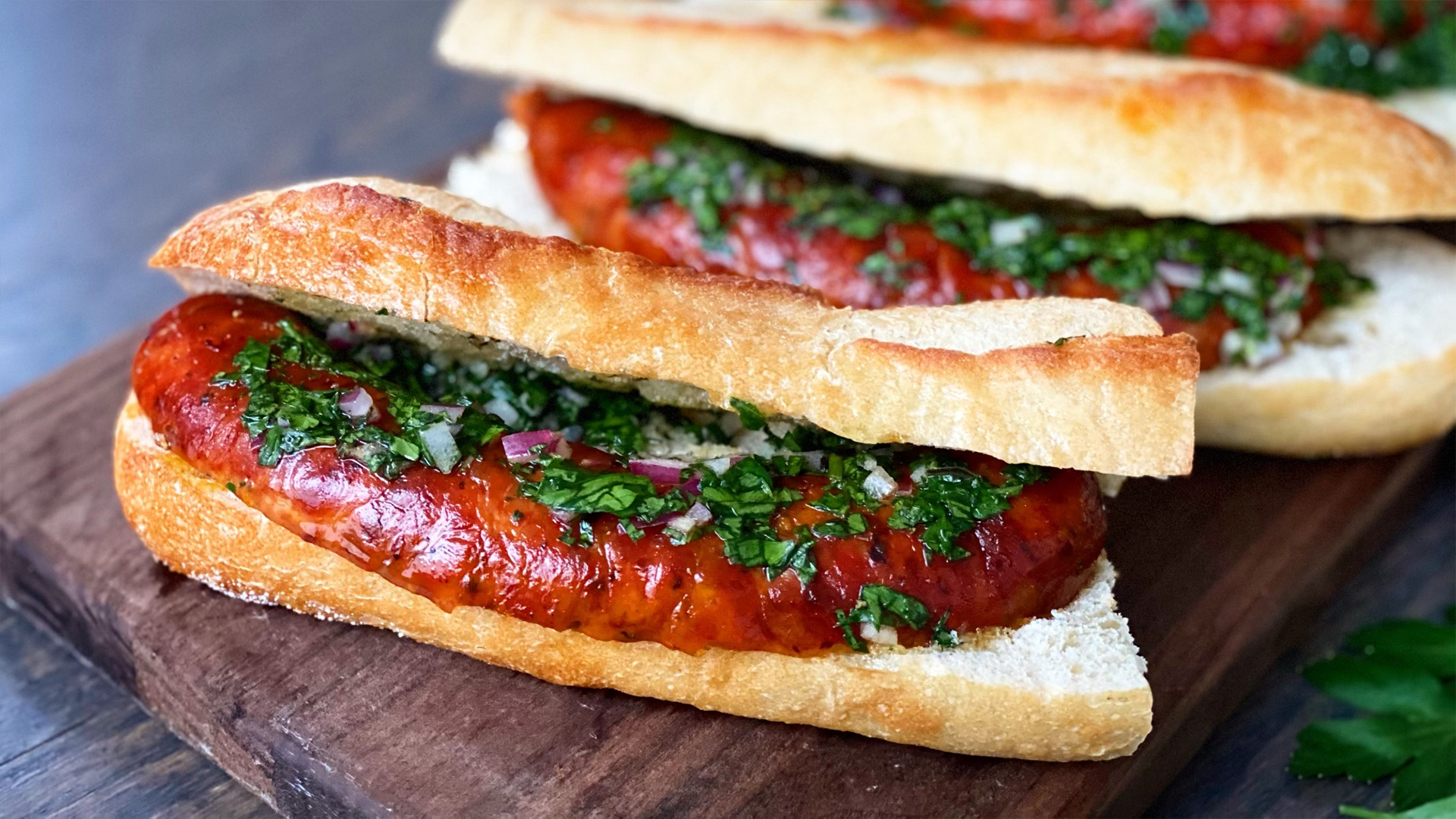
We love Choripán and you should too. This simple yet full-of-flavor sandwich will help you win any summer backyard barbeque challenge. It will delight your guests and make them camp out next to your grill all day once they have had a taste.
The post Bring Argentina’s Best Flavors to Your Backyard BBQ or Next Special Event appeared first on Criosho.
